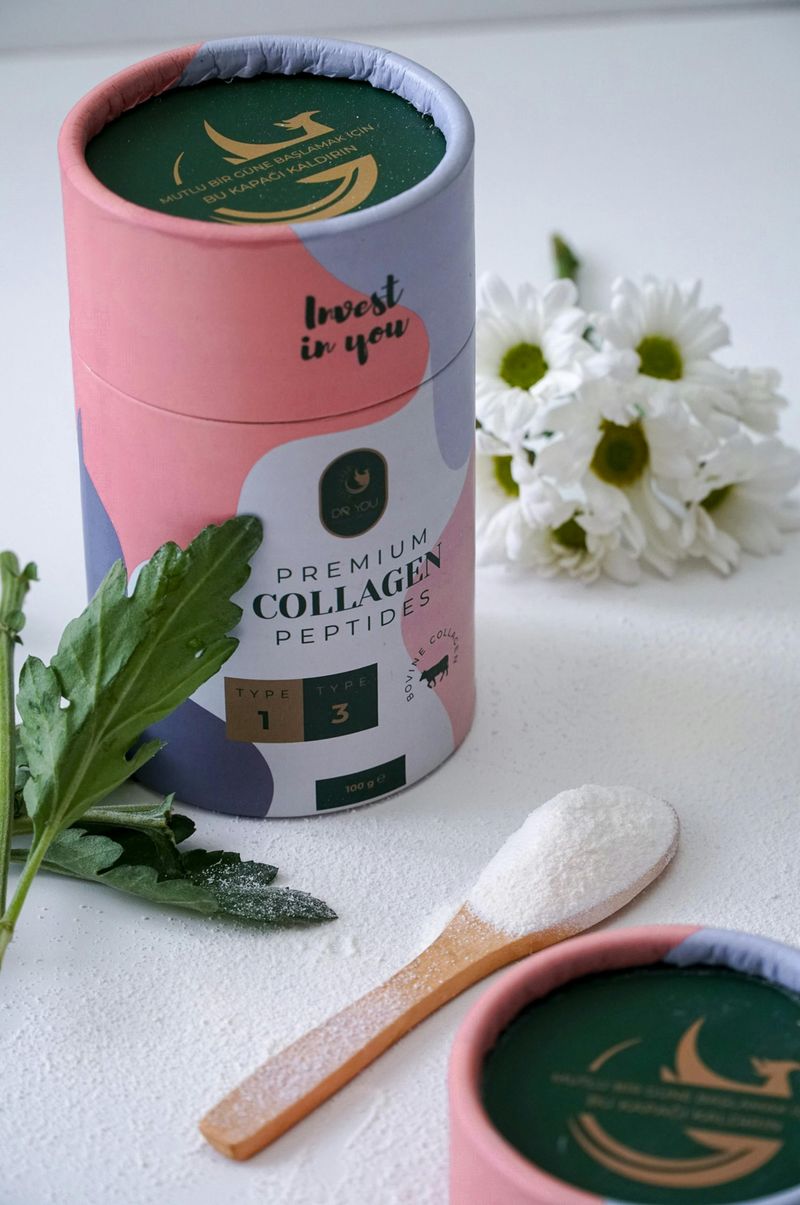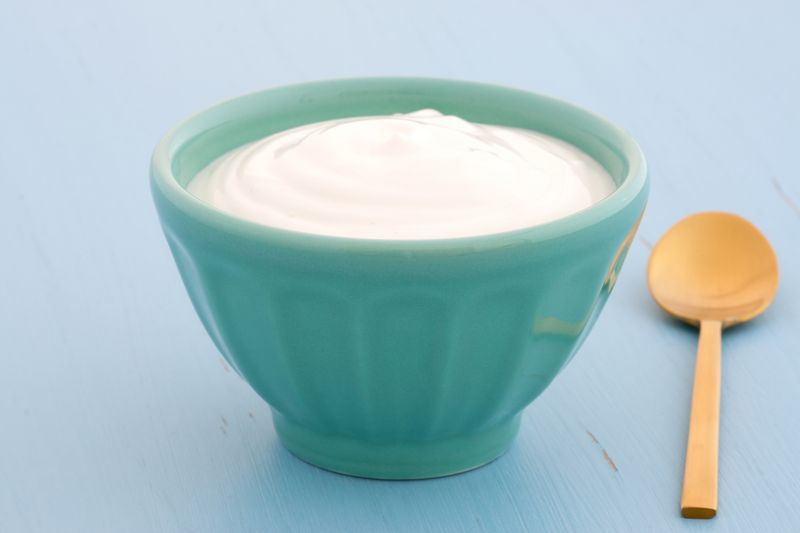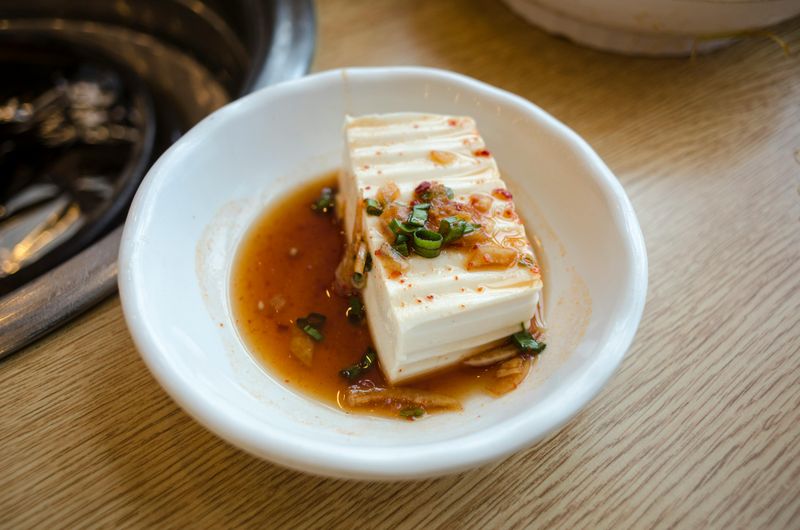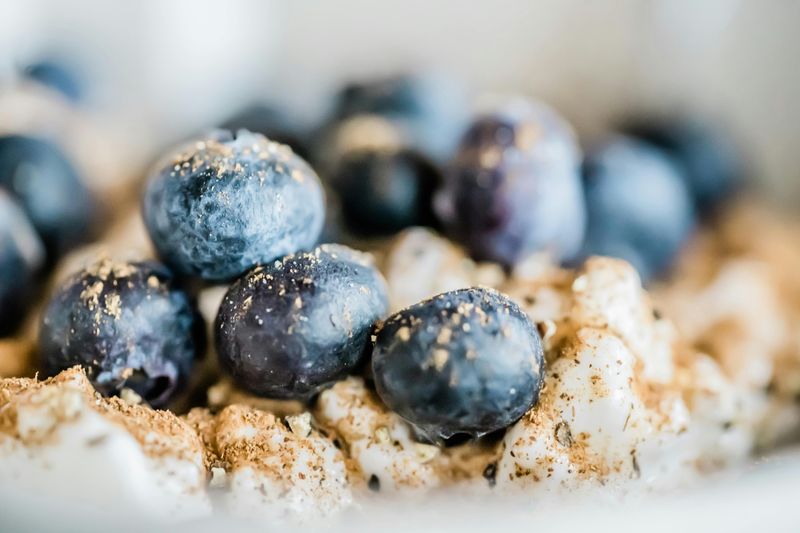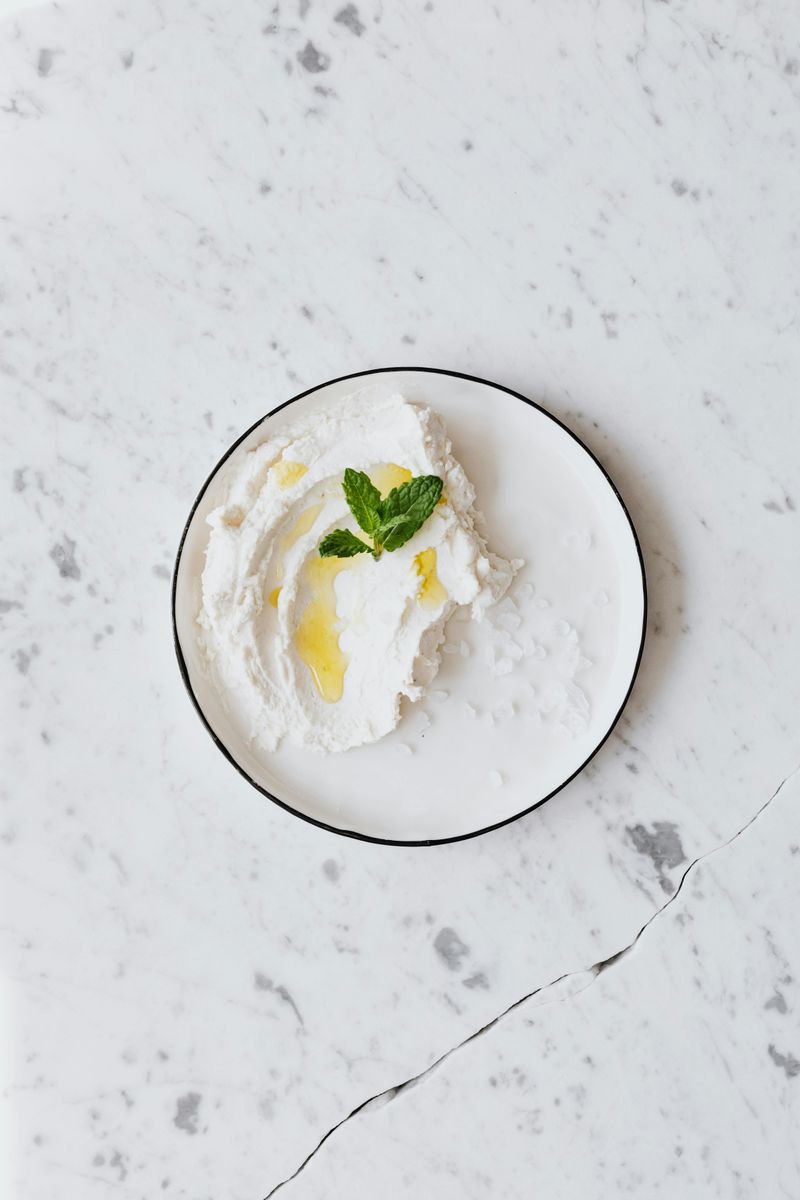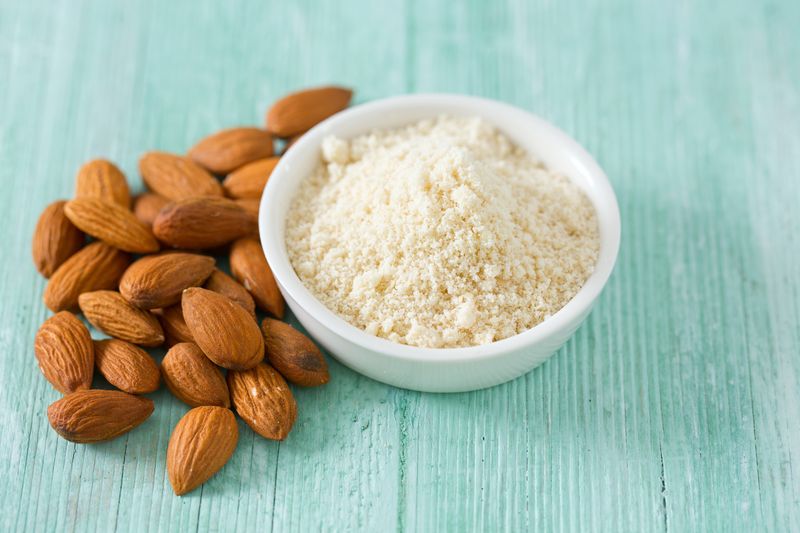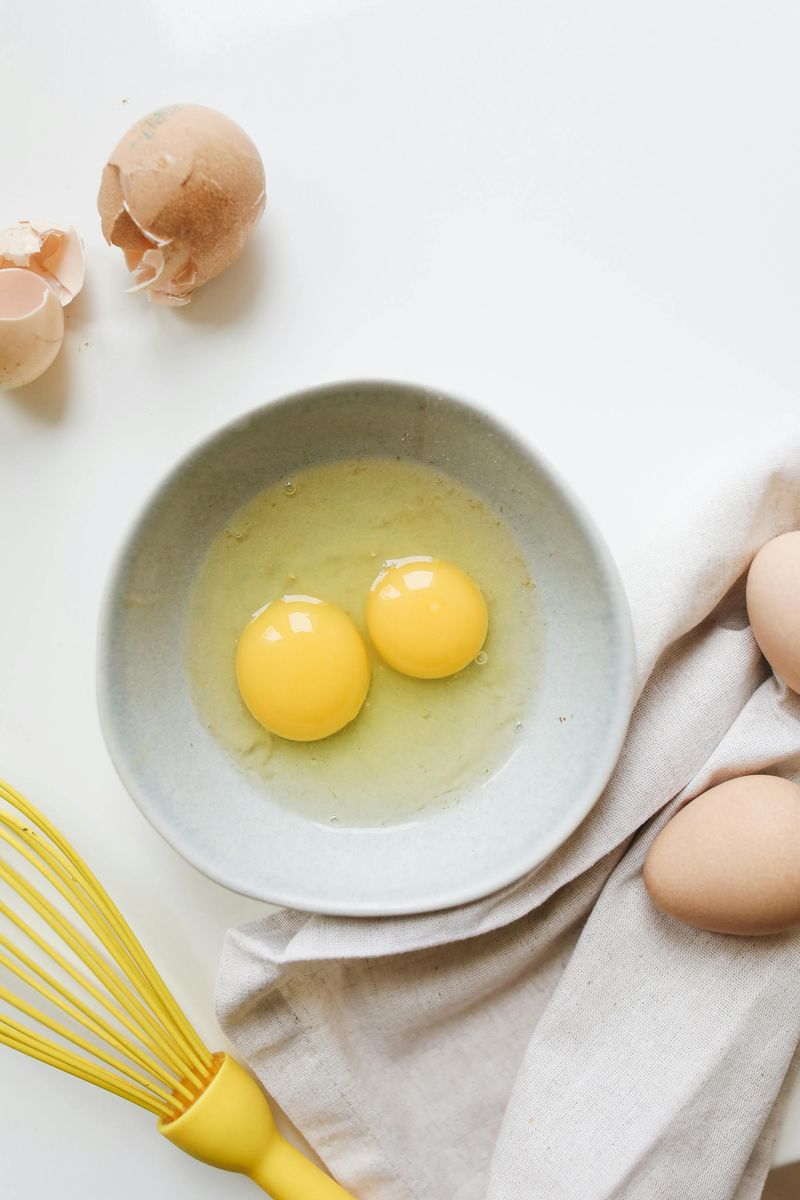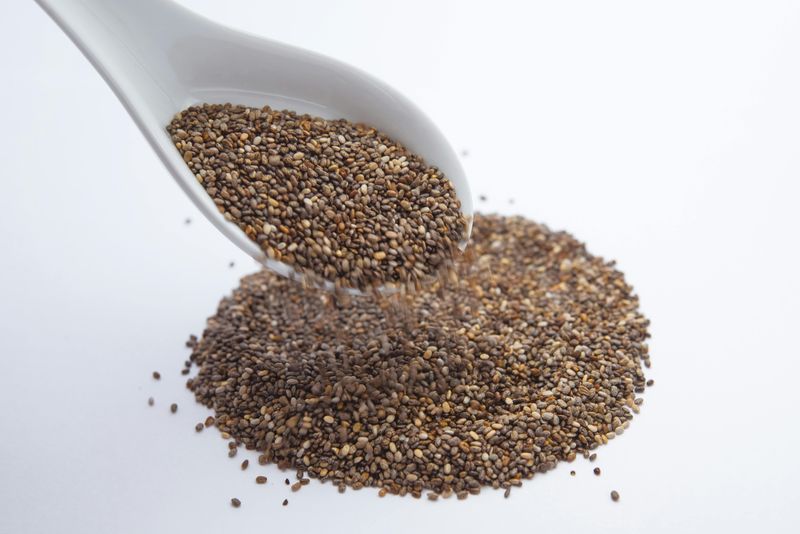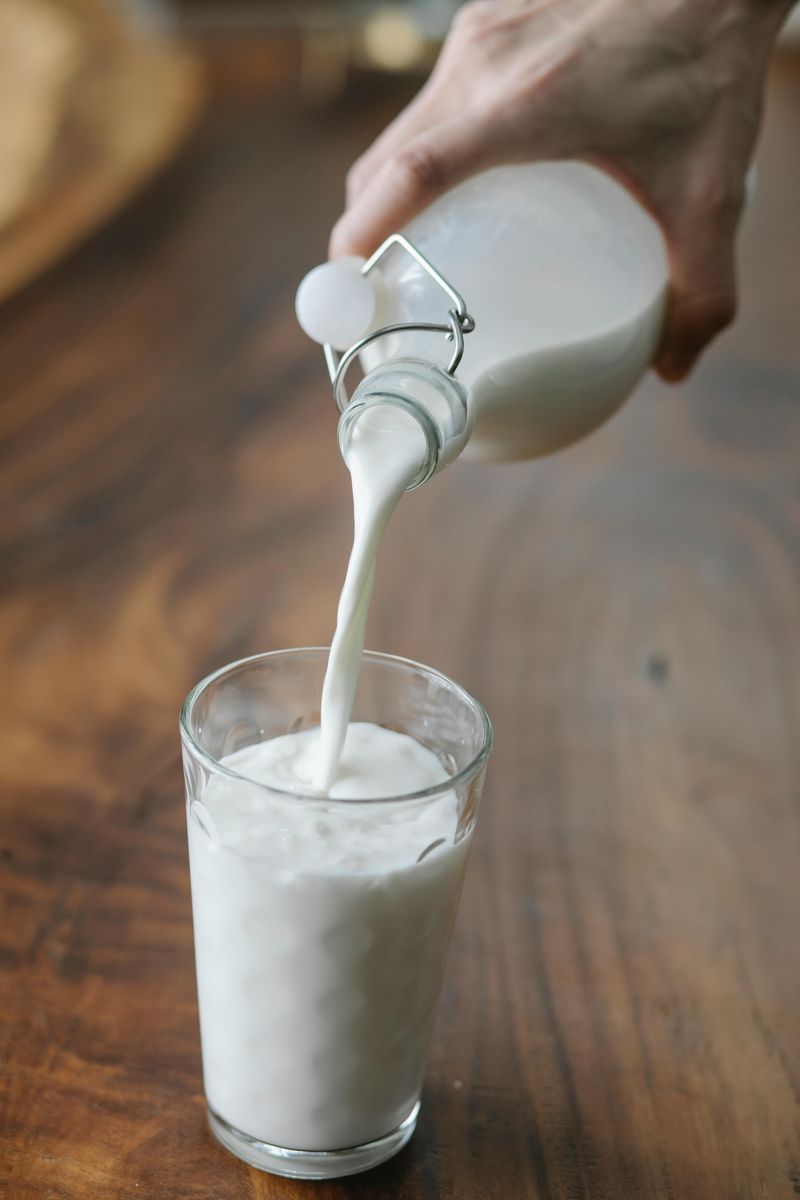Getting enough protein in your diet can be tricky, especially if you don’t love the taste of protein-rich foods. The good news is you don’t have to choke down another bland chicken breast or chalky protein shake. There are sneaky ways to boost the protein content of your favorite meals without changing how they taste. These tricks work in everything from breakfast to dessert, making it easier to meet your daily protein goals.
1. Stir in Collagen Powder
Collagen powder is the protein ninja of ingredients. Completely tasteless once mixed in, it dissolves like magic in both hot and cold foods without leaving any weird texture behind.
Morning coffee drinker? Add a scoop. Making homemade soup? Toss some in while it simmers. Even desserts can get a protein boost—mix it into pudding or fold it into cake batter.
With about 10 grams of protein per scoop, collagen powder increases your protein intake without the usual protein supplement aftertaste. Just make sure to buy unflavored versions for the most versatile applications.
2. Use Greek Yogurt Instead of Sour Cream or Mayo
Plain Greek yogurt performs culinary magic as a substitute for less protein-rich ingredients. Tangy yet mild, it contains triple the protein of regular yogurt while maintaining that creamy texture we crave in dips and dressings.
Try it in potato salad, on tacos, or as the base for creamy pasta sauces. Nobody will detect the difference! For baking, Greek yogurt adds moisture to muffins and cakes while boosting their protein content.
The swap is simple: use equal amounts of Greek yogurt in place of sour cream or mayonnaise. Even better, it cuts calories and adds beneficial probiotics to your meals.
3. Sneak in Silken Tofu
Silken tofu is the chameleon of protein boosters. Its super-smooth texture and neutral taste make it virtually undetectable when blended into recipes. With 8 grams of protein per 3-ounce serving, it packs a serious nutritional punch.
Toss a quarter cup into your morning smoothie for creaminess without the dairy. For vegan-friendly desserts, pureed silken tofu creates luscious puddings and mousse. It also works wonders in creamy soups and pasta sauces.
The key is thorough blending—use a good blender or food processor until completely smooth. Even tofu skeptics won’t notice it’s there!
4. Add Powdered Peanut Butter
Regular peanut butter is delicious but calorie-dense. Enter powdered peanut butter—the defatted version with 85% fewer calories and most of the protein intact. Two tablespoons typically provide 6-8 grams of protein with a mild, not overwhelming, peanut flavor.
Sprinkle it into oatmeal for a protein-packed breakfast. Mix it into chocolate smoothies where the cocoa helps mask any peanut taste. For baking enthusiasts, substitute a quarter of your flour with powdered peanut butter in cookies or brownies.
Unlike regular nut butter, the powder blends seamlessly without creating clumps or changing textures dramatically. It’s particularly useful for those tracking macros or calories.
5. Mix in Cottage Cheese (Blended)
Cottage cheese transforms from lumpy to luxurious when blended smoothly. With roughly 14 grams of protein per half-cup, it’s a powerhouse ingredient hiding in plain sight.
Whirl it in a blender until silky, then fold into pancake batter for protein-rich breakfast treats. For dinner, stir the blended cheese into pasta sauce—it creates a creamy texture similar to alfredo but with more protein and less fat. Lasagna gets an undetectable protein boost when you mix blended cottage cheese with the ricotta.
The mild flavor disappears completely in recipes with herbs, spices, or other strong flavors. Even picky eaters won’t spot this protein-packed addition.
6. Use Protein-Enriched Pasta or Rice Alternatives
Food manufacturers have created a protein revolution on store shelves. Pasta made with added protein (from legumes, wheat protein, or eggs) can contain up to 25 grams per serving—triple that of regular pasta!
These alternatives cook just like traditional versions but keep you fuller longer. Red lentil rotini, chickpea fusilli, or high-protein rice blends work wonderfully with your favorite sauces and seasonings. The slight texture difference often goes unnoticed in dishes with robust sauces.
For rice lovers, protein-enriched varieties made with added pea protein or barley offer the familiar grain experience with extra nutrition. They’re particularly handy for meal-prepping or family dinners.
7. Swap Regular Flour with Almond Flour or Chickpea Flour (Partially)
Flour power gets a protein makeover when you replace 25-30% of all-purpose flour with protein-rich alternatives. Almond flour brings 6 grams of protein per quarter cup, while chickpea flour offers an impressive 7 grams—both significantly higher than white flour’s 3 grams.
The secret is partial substitution. Completely replacing regular flour can change texture and taste, but a partial swap goes undetected. Try it in pancakes, muffins, or homemade bread for a nutrition boost.
Beyond protein, these flour alternatives add beneficial nutrients like healthy fats (almond) or fiber (chickpea). The subtle nutty undertones actually enhance many baked goods, especially those with warm spices like cinnamon or nutmeg.
8. Add Egg Whites
Egg whites deserve their reputation as a protein superstar. Nearly pure protein at 3.6 grams per white, they become virtually tasteless when cooked or mixed into recipes.
Morning oatmeal transforms into “proats” when you whisk an egg white into the cooking mixture—it creates a fluffier texture while boosting protein. For bakers, adding an extra white to cookie dough or cake batter increases protein without affecting flavor. Carton egg whites make this especially convenient.
The culinary magic happens because egg whites are mostly water and protein. When heated, they set without adding flavor, making them perfect for everything from scrambles to smoothies (yes, pasteurized egg whites can safely go into cold drinks!).
9. Sneak in Hemp Hearts or Chia Seeds
Hemp hearts might be tiny, but they pack a mighty 10 grams of protein per 3 tablespoons. Their nutty flavor is so mild it disappears in most dishes, making them perfect protein boosters.
Sprinkle them over morning yogurt or blend them into smoothies where they become virtually invisible. Chia seeds offer a similar benefit with 5 grams of protein per 2 tablespoons, plus they help thicken recipes naturally.
Unlike flaxseeds which need grinding, both hemp hearts and chia seeds can be used whole. They add pleasant texture to baked goods without changing the flavor profile. For those concerned about taste, dark-colored foods like chocolate muffins or brownies completely mask their appearance and subtle flavor.
10. Choose High-Protein Milk (or Milk Alternatives)
Not all milks are created equal when it comes to protein content. Ultra-filtered dairy milk (like Fairlife) contains 13 grams of protein per cup—nearly double regular milk’s 8 grams. The filtering process removes some sugar while concentrating protein, but the taste remains virtually identical.
Plant-based? Soy milk leads the alternative pack with 7-8 grams per cup, while pea protein milk offers an impressive 8-10 grams. These higher-protein options work perfectly in cereal, coffee drinks, and baking recipes.
Making this simple switch requires zero extra effort but adds significant protein to your daily intake. For families, it’s an effortless way to boost nutrition in kid-friendly foods like pancakes, smoothies, and homemade popsicles.

